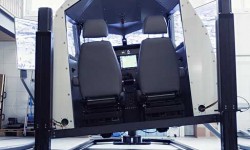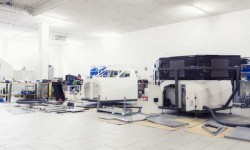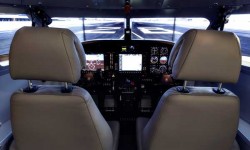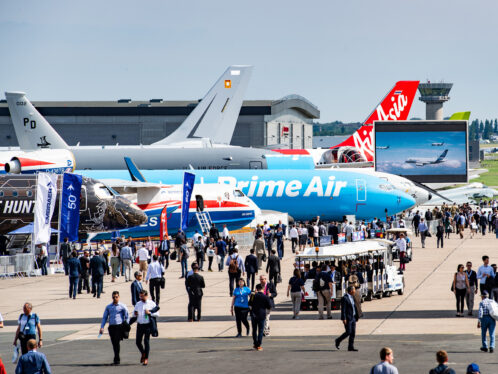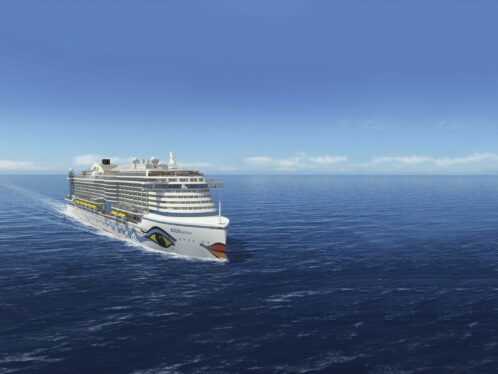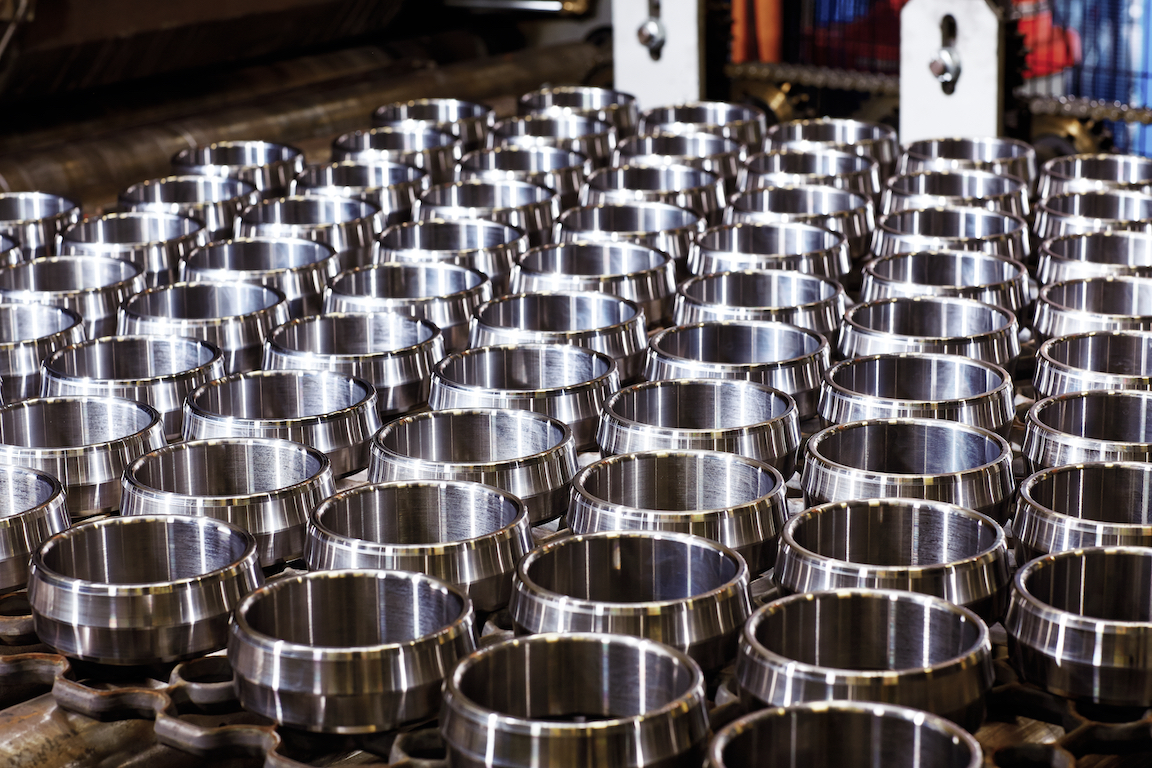
Flying without wings
The burgeoning market for advanced flight simulators is enabling a Swiss manufacturer to take off.
In the small village of Pratteln outside Basel, Switzerland, the headquarters of SimAviatik AG does not stand out. Visitors need to know what they are looking for, as no glassy facade or spacious car park signals the company’s presence. Instead, a narrow drive leads to an ordinary garage door. But the nondescript exterior gives way to a brightly lit production hall inside, populated with scattered cockpits and a small team of employees hard at work. Every little move is meticulous and seemingly coordinated, bringing to mind the clockwork for which the country is known. “We are currently delivering a Boeing 737,” says General Manager Markus Haggeney. He is not referring to an actual plane, but a state-of-the-art simulator of a 737. These machines are sold mostly to operators of flight simulator centres – although not exclusively. “There are real enthusiasts out there who want to have this piece of equipment set up right across from their indoor sauna,” Haggeney says with a smile, describing one Swiss entrepreneur who has a SimAviatik flight simulator in the basement of his home. Eccentric? Perhaps, but Haggeney is impressed by such clients. “The detailed knowledge our clients display is incredible,” he says. “They know aviation rules, fuel calculation or radio navigation back to front.” At prices ranging from 50,000 to 200,000 Swiss francs (40,000 to 160,000 euros) each, flight simulators by SimAviatik can reproduce, with 90 percent accuracy, the experience of a real aircraft in flight. Quality is paramount; the simulators can be delivered within 8 to 16 weeks of an order, but no equipment is shipped before a professional pilot tests its quality. Furthermore, customers may schedule a test flight prior to delivery so they know exactly what they’re getting. Another test flight at the simulator’s final destination concludes the delivery process. SimAviatik has been making flight simulators since 2005. “The founders set an example with their pioneering spirit, and they proved that their idea works,” Haggeney says. While the first simulators were sold through private networking, the company is now playing in a different league, something that involves cooperating with Siemens and SKF (see sidebar). The number of flight simulation centres – SimAviatik’s main target group – has increased considerably in recent years, and the global simulator market has become a mass market. Despite increased competition, SimAviatik stands its ground by emphasizing its Swiss identity, long associated with excellence. “A client who wants a Boeing 737 flight simulator desires quality and doesn’t just look at the price,” insists Haggeney. In the end, the flight experience is SimAviatik’s strong suit: Whoever takes a seat in one of its flight simulators leaves the ordinary world behind and ascends to a higher level.


